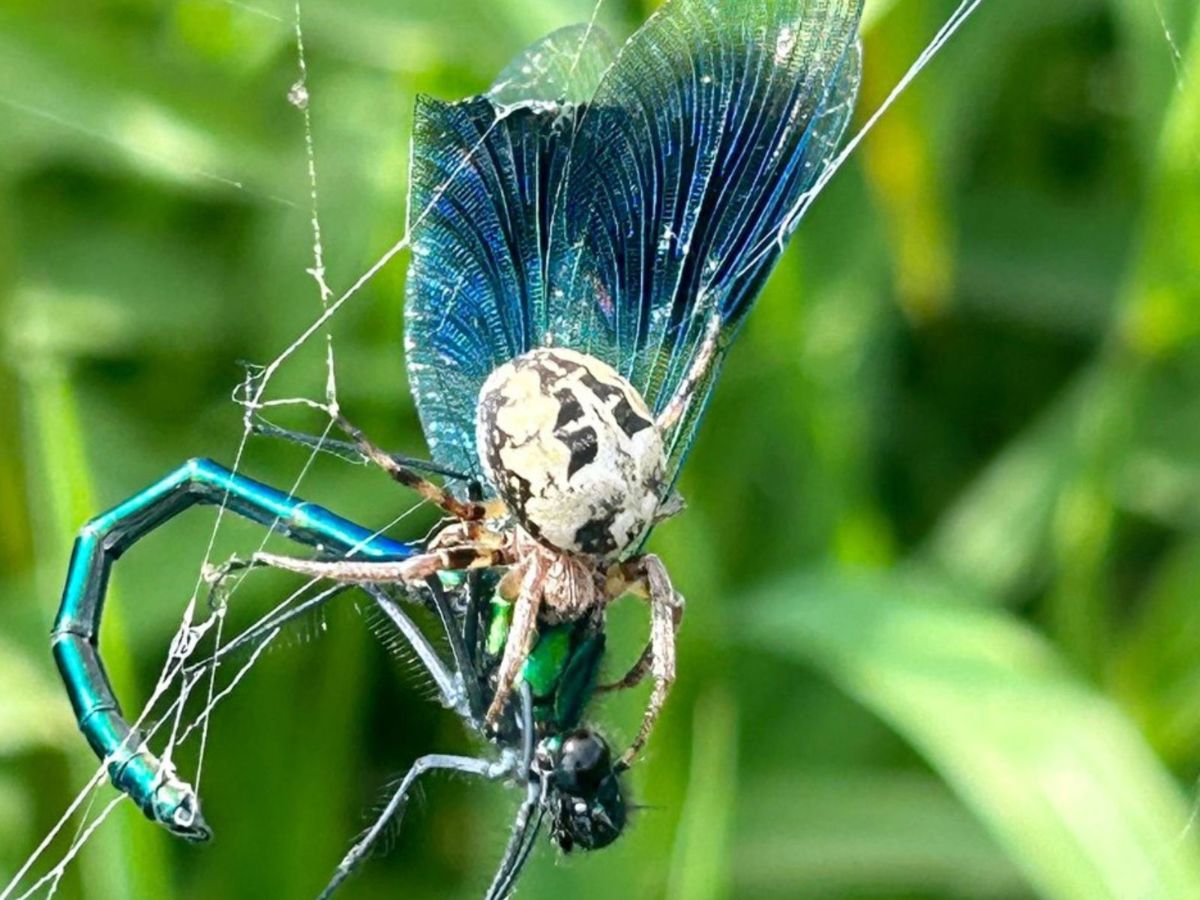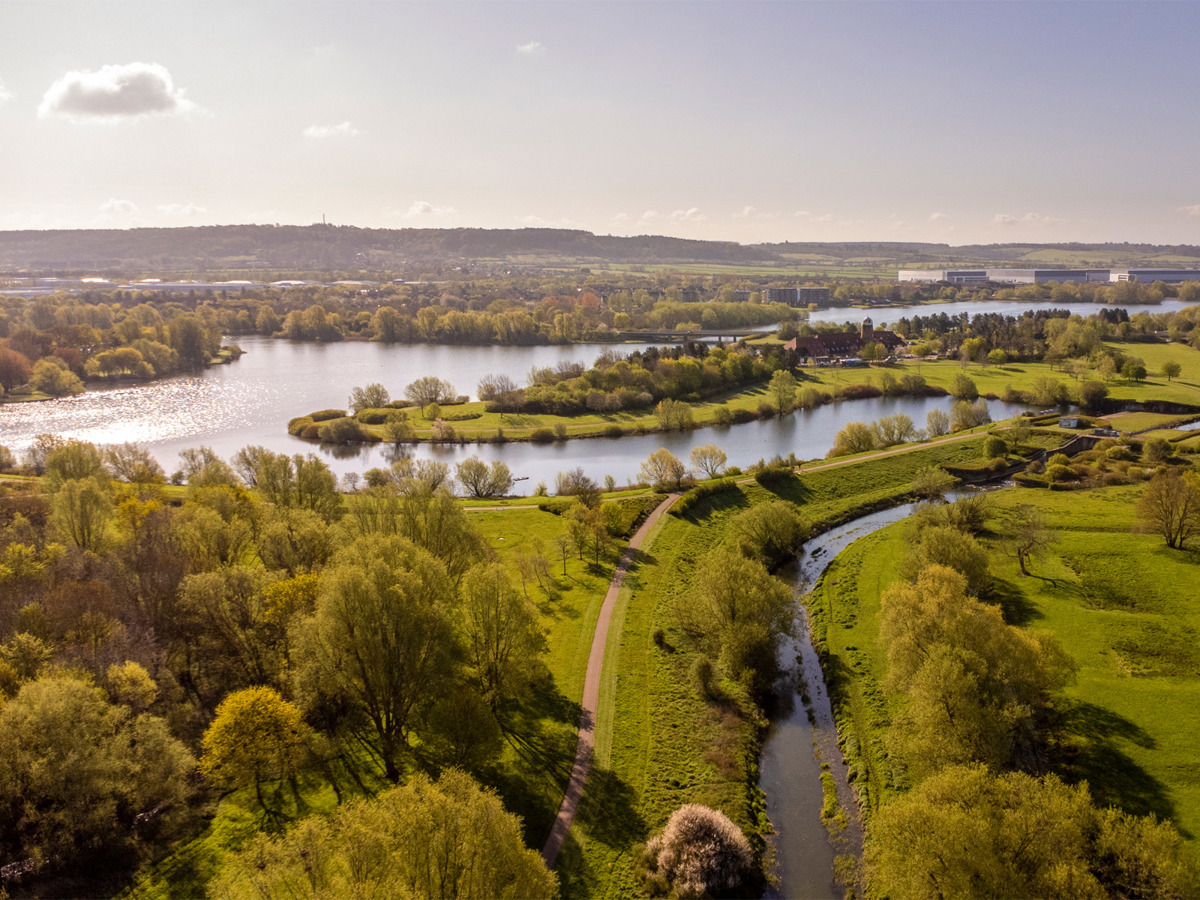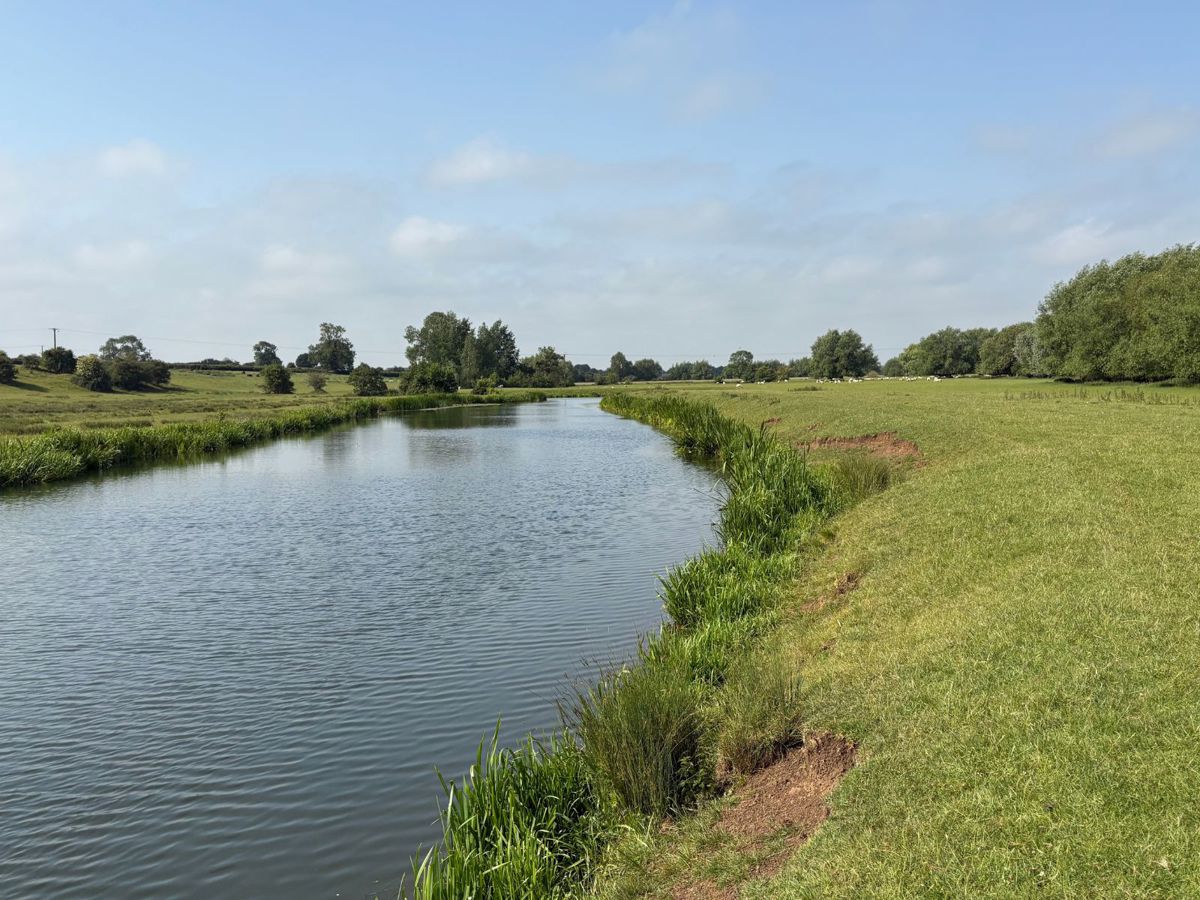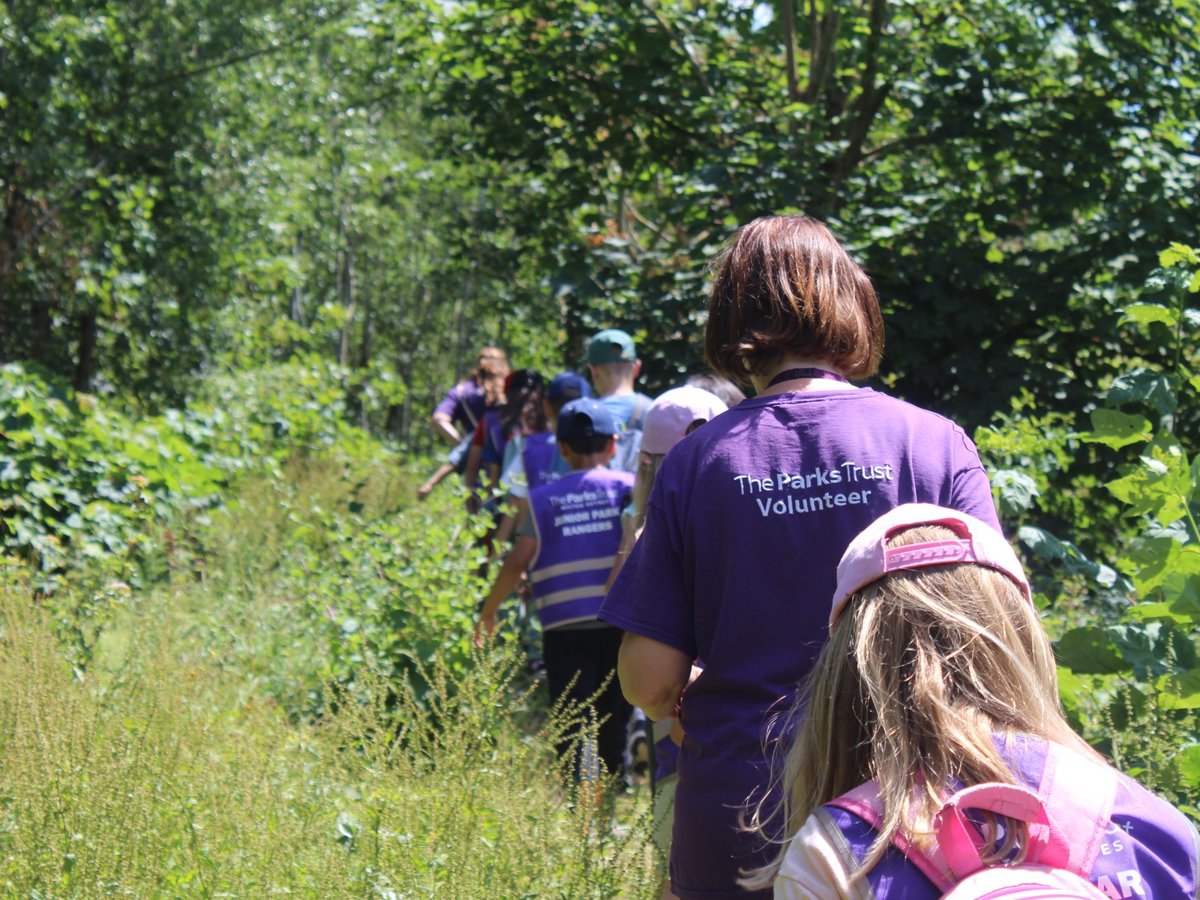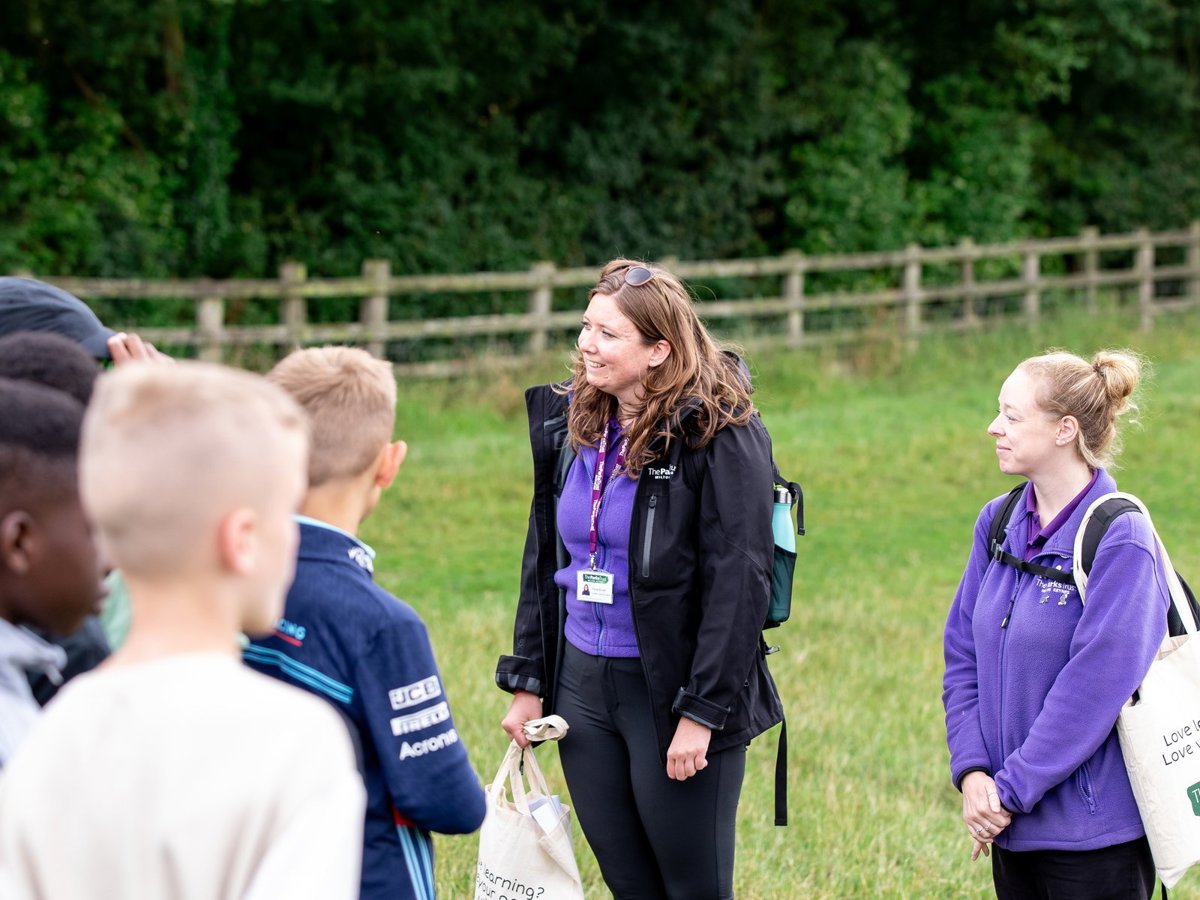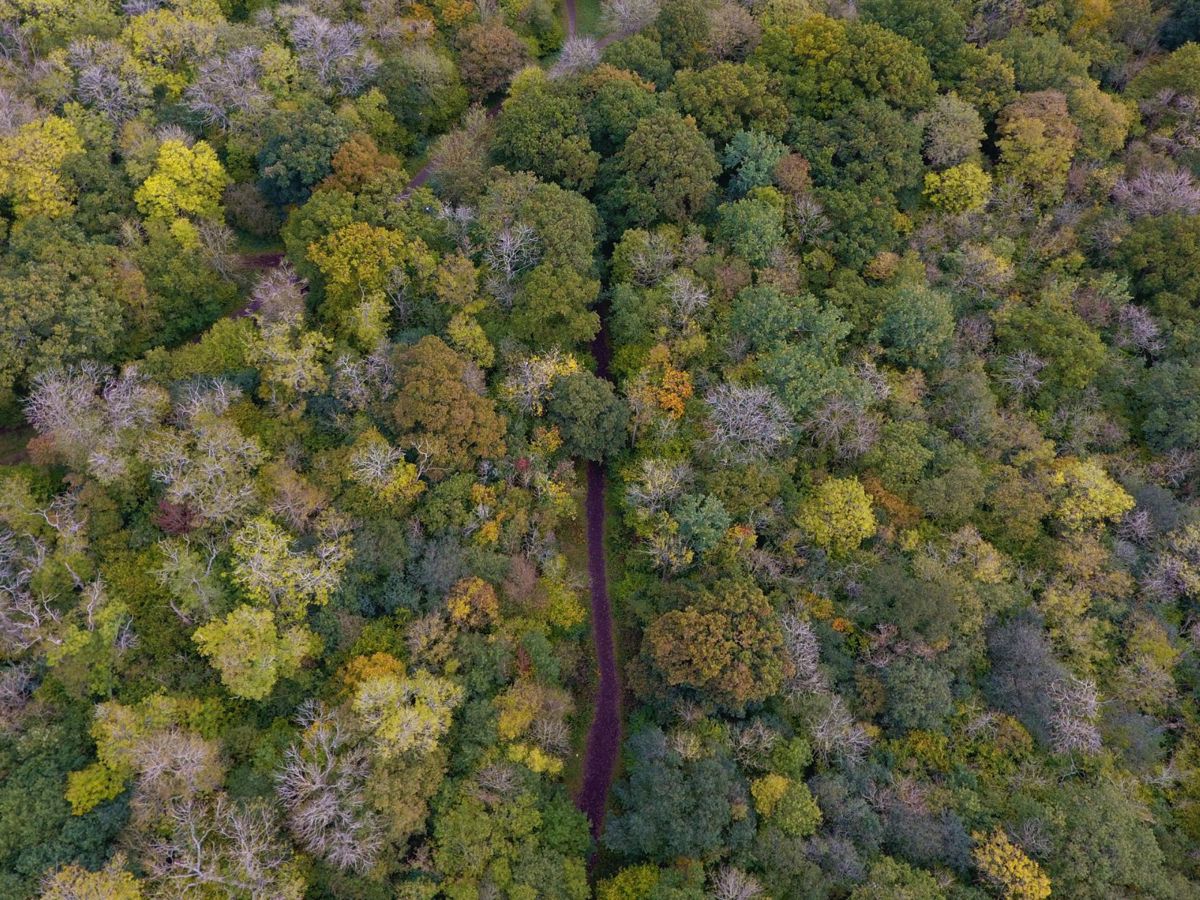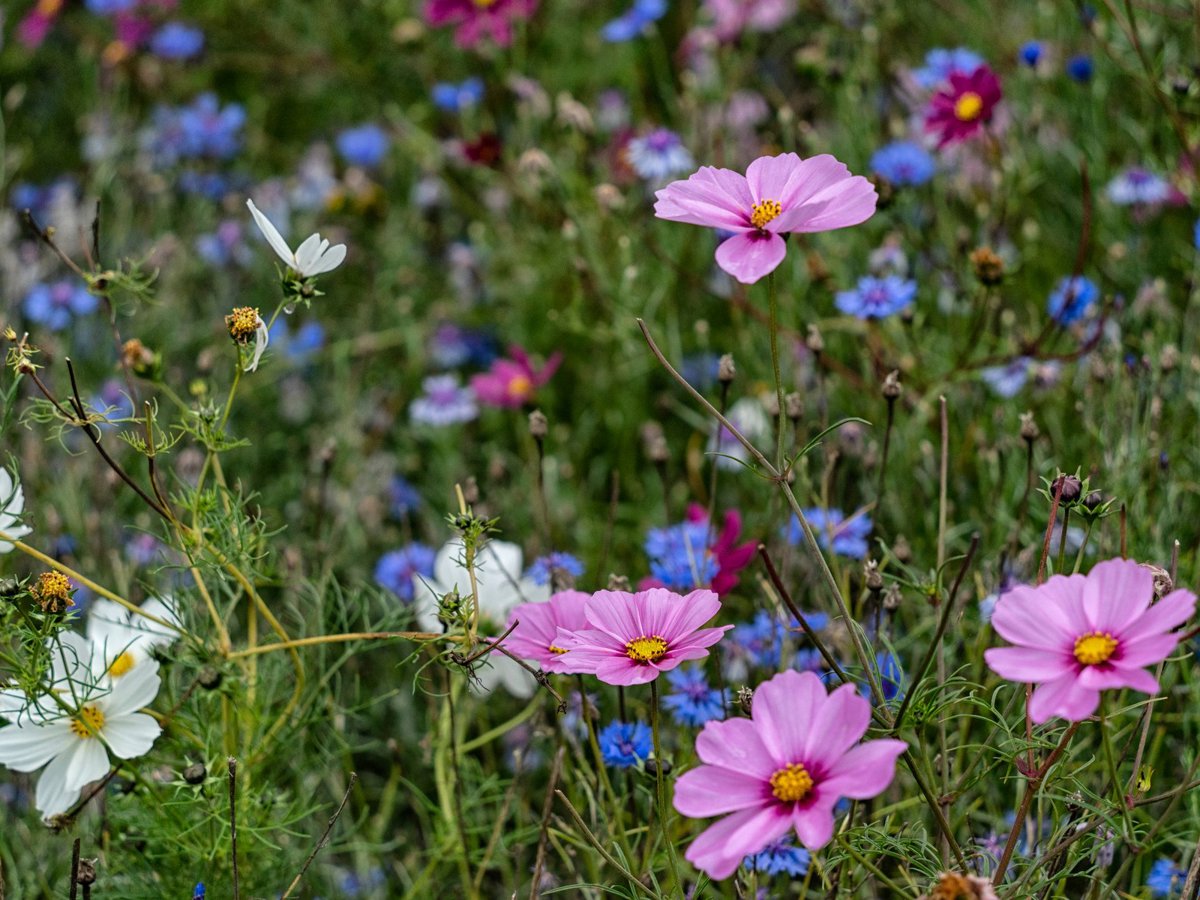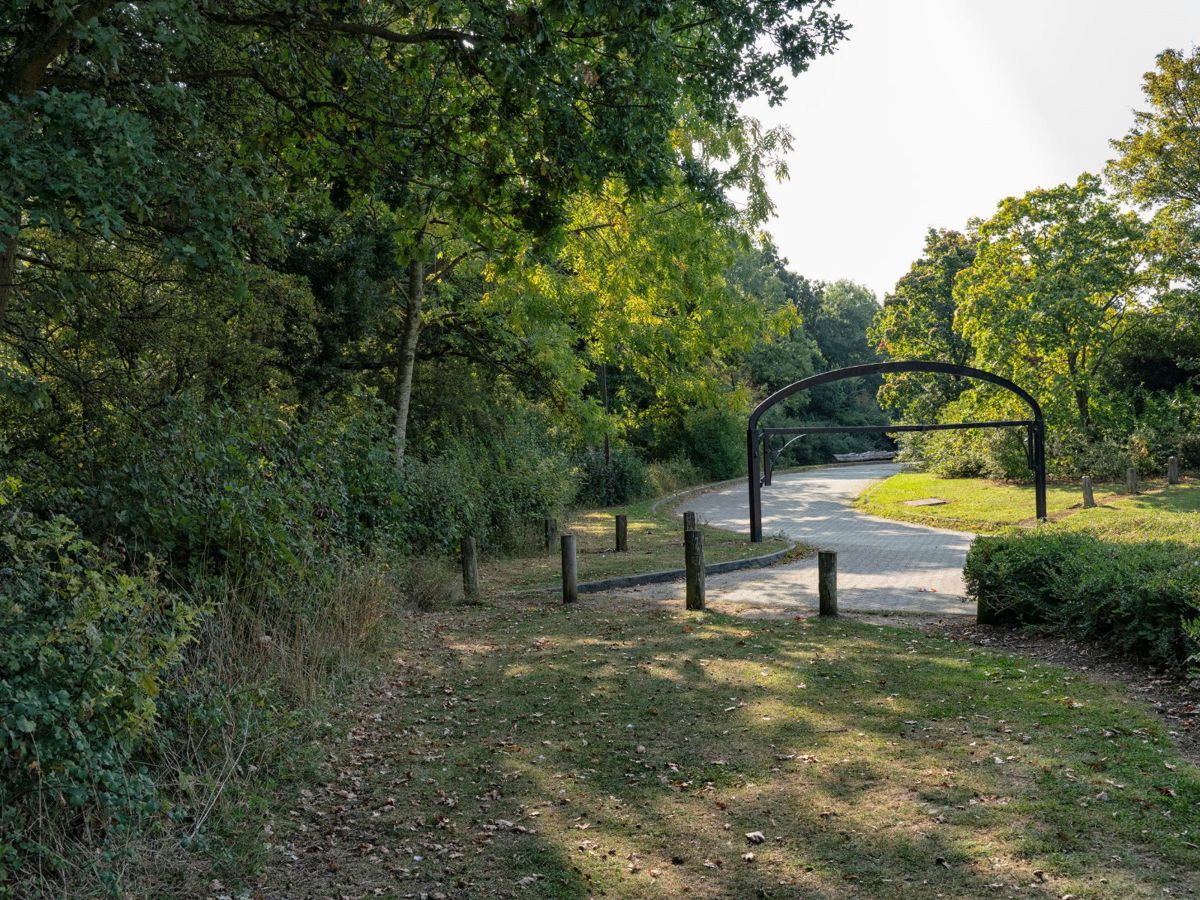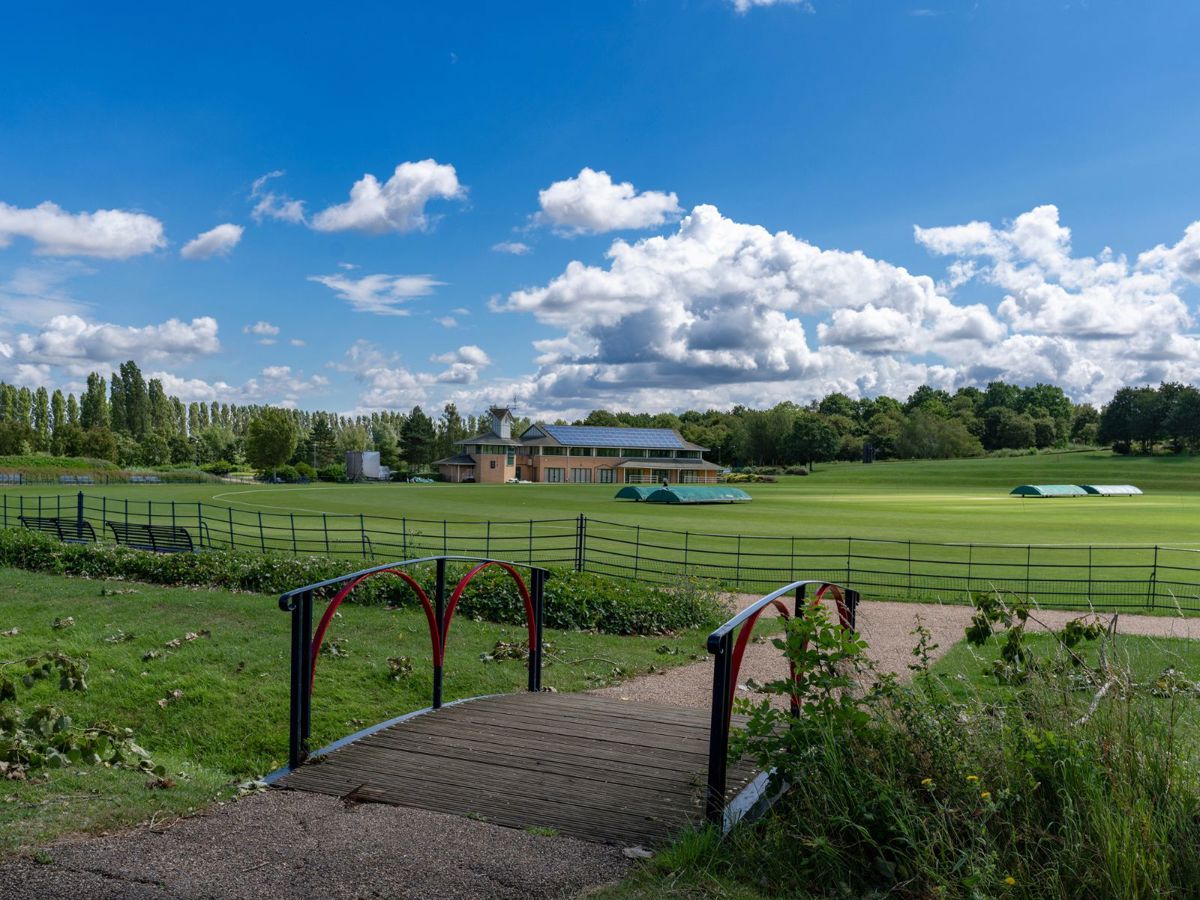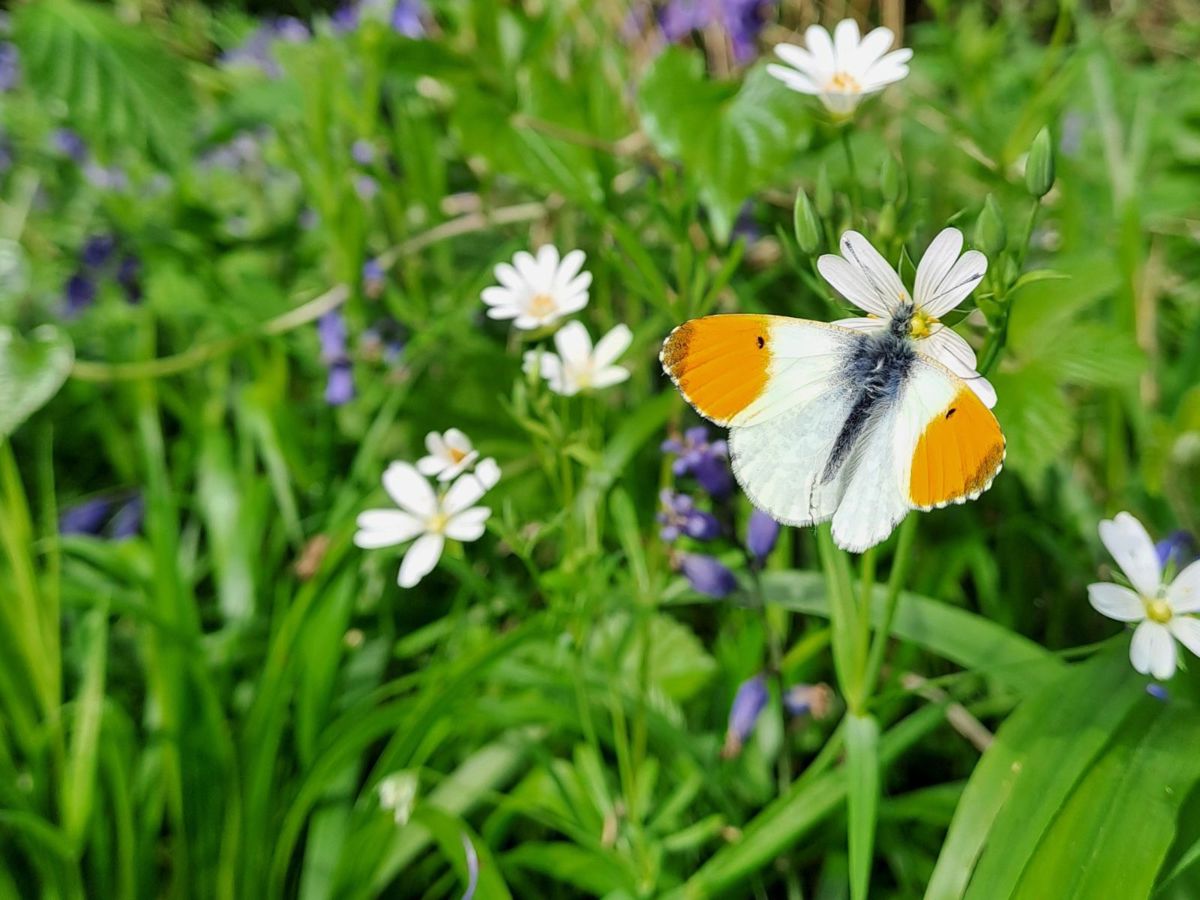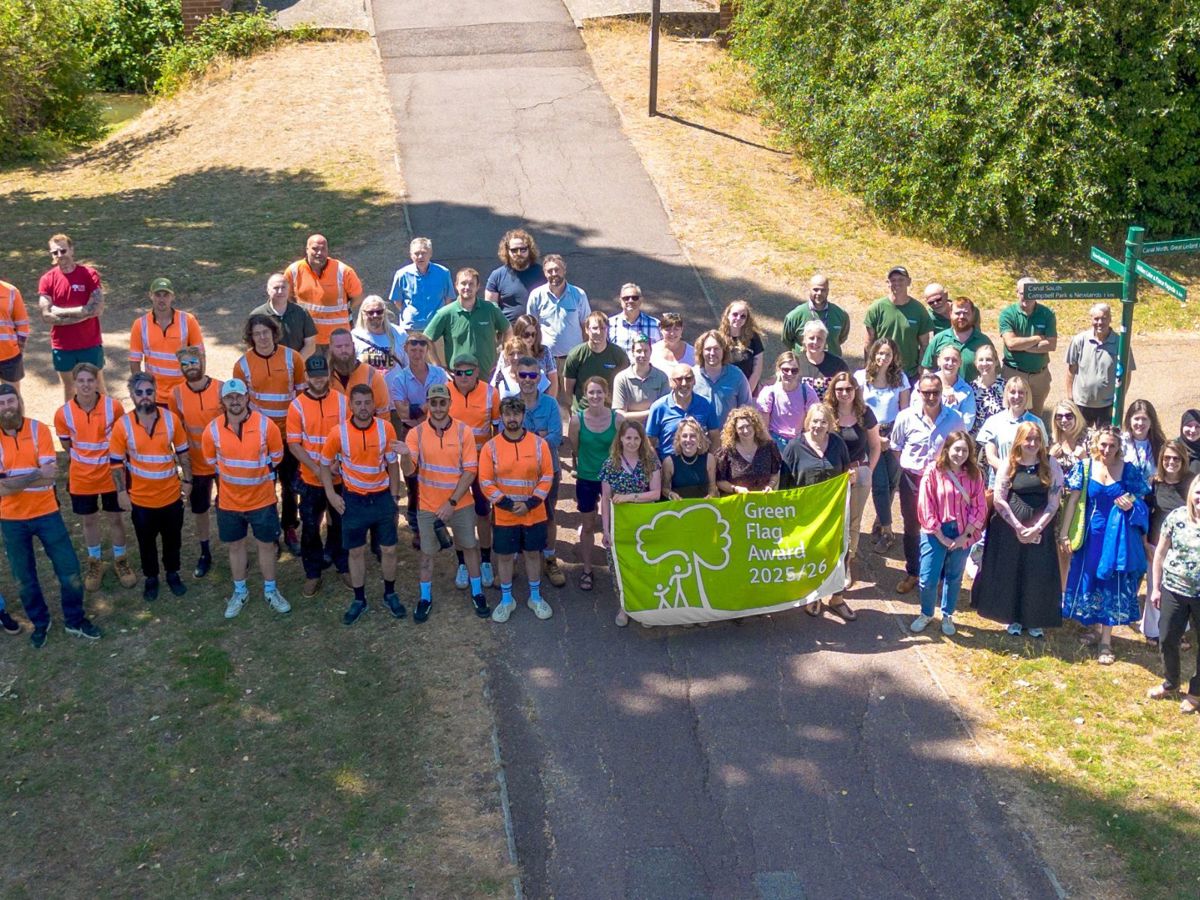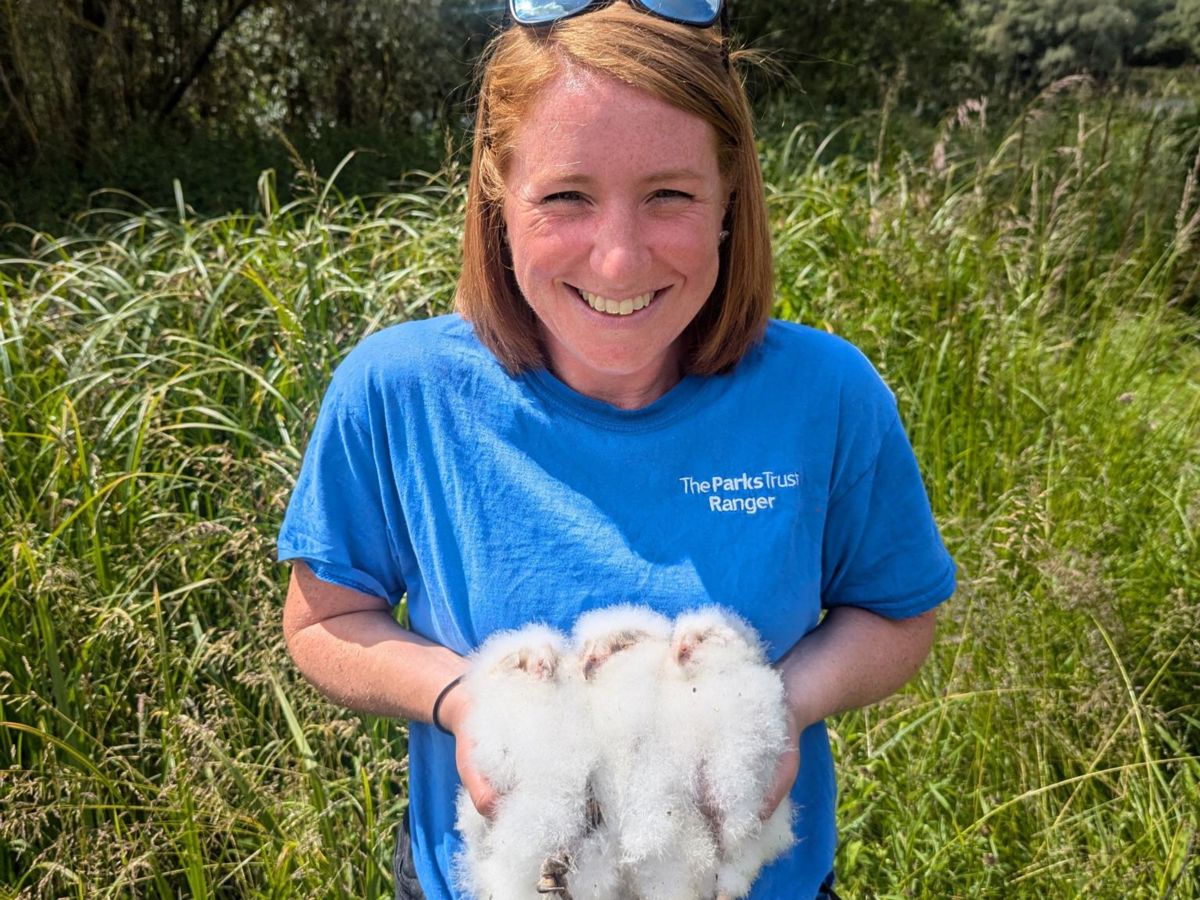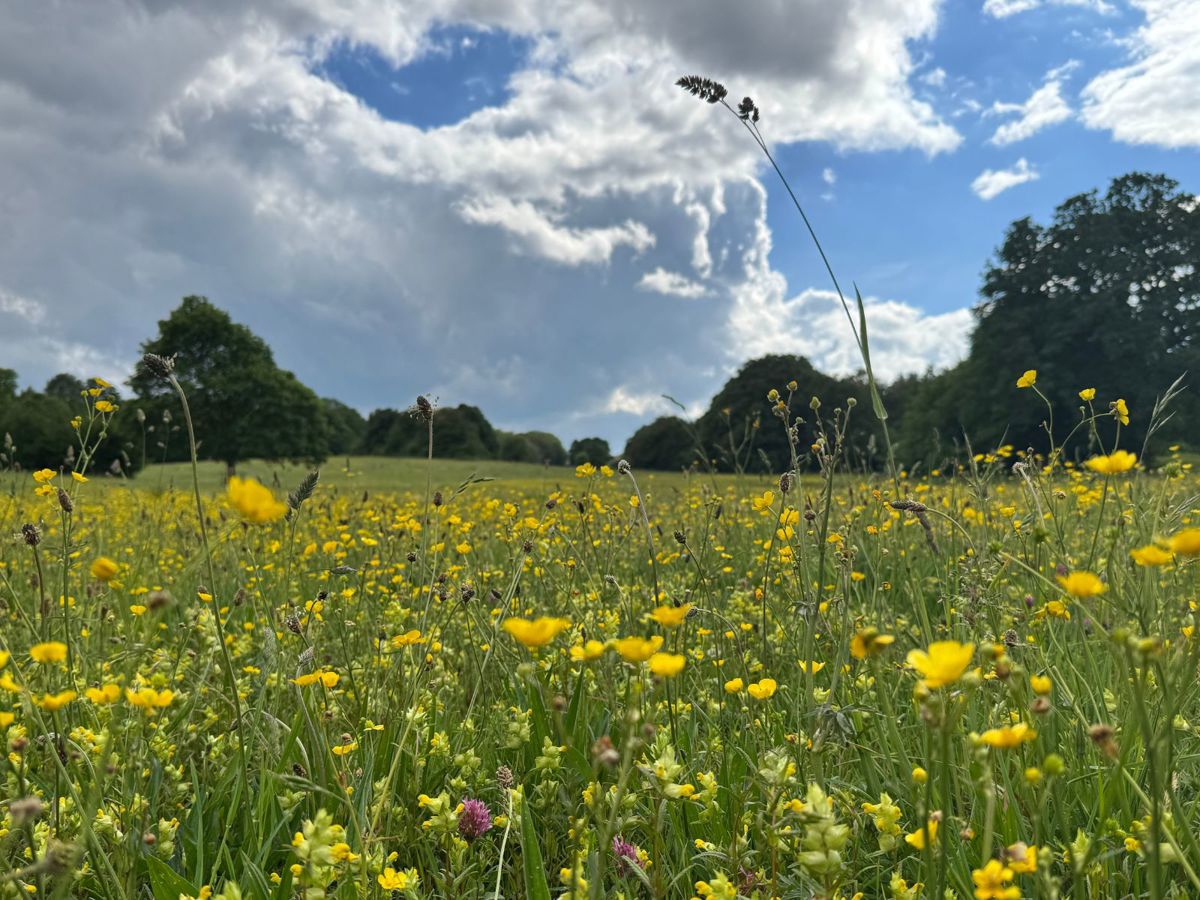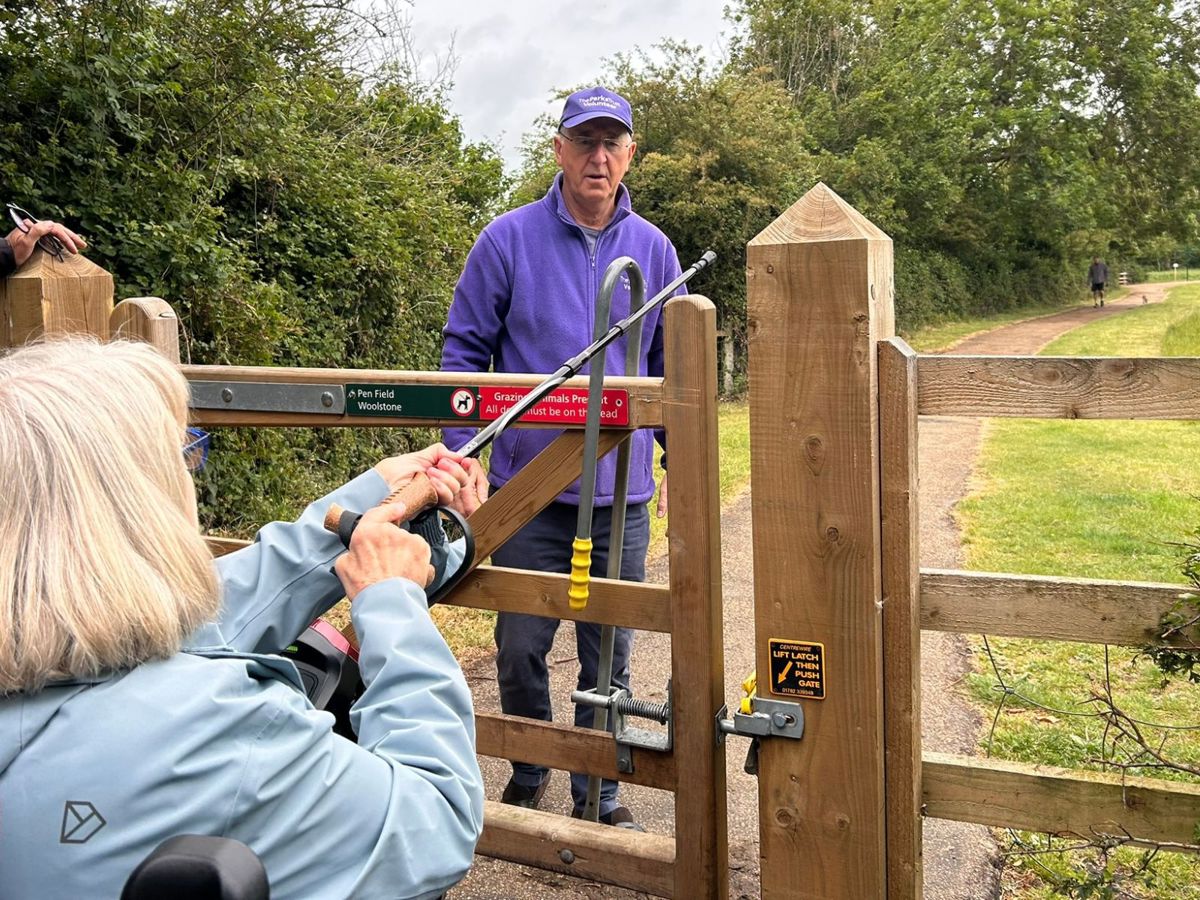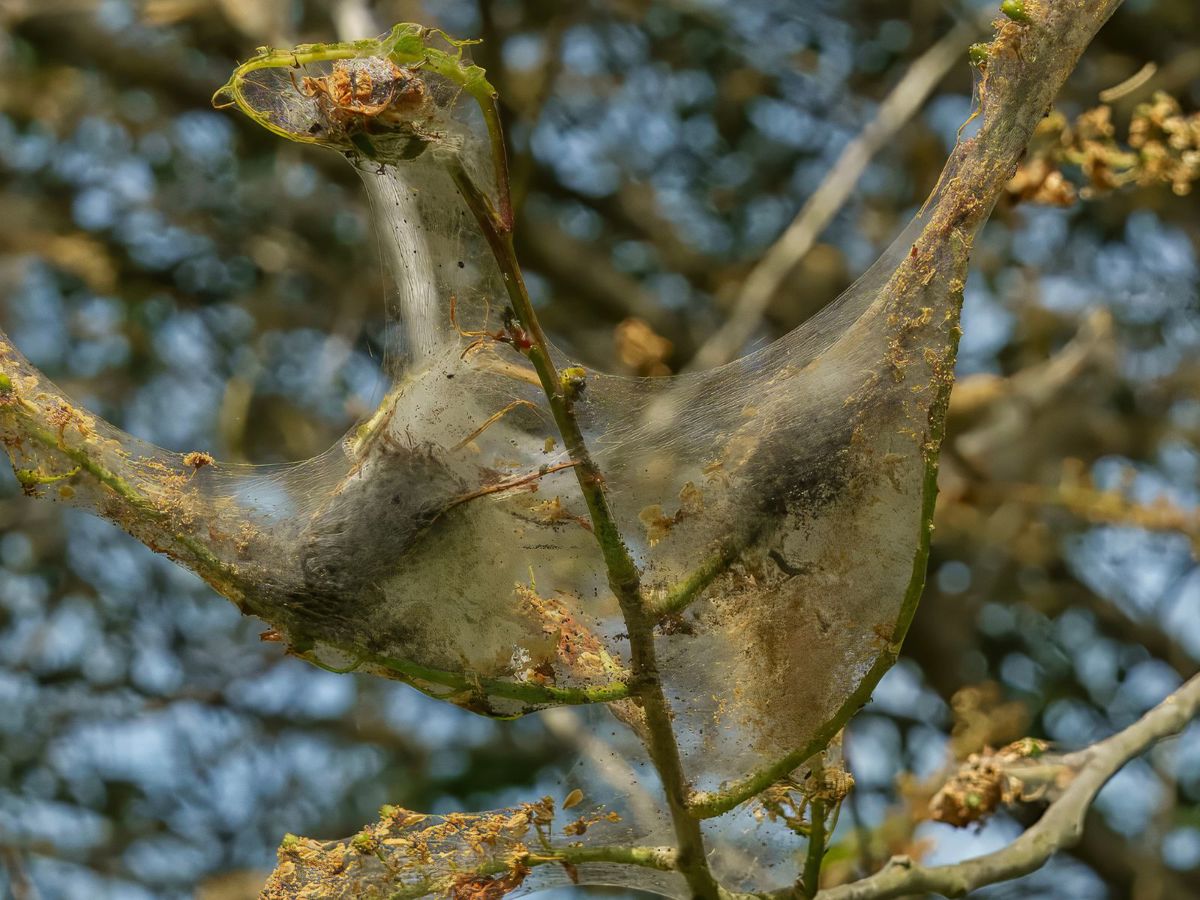
Blooming biodiversity: How we monitor Milton Keynes’ meadows
Published: 12/06/2025
Wildflower meadows are more than just beautiful landscapes. They are a haven for biodiversity, supporting a wide range of native plants, insects, and animals. The city’s meadows provide essential food sources for pollinators such as bees and butterflies. With pollinator populations in decline across the UK, it is more important than ever for us to monitor our meadows so we can preserve and enhance these critical habitats.
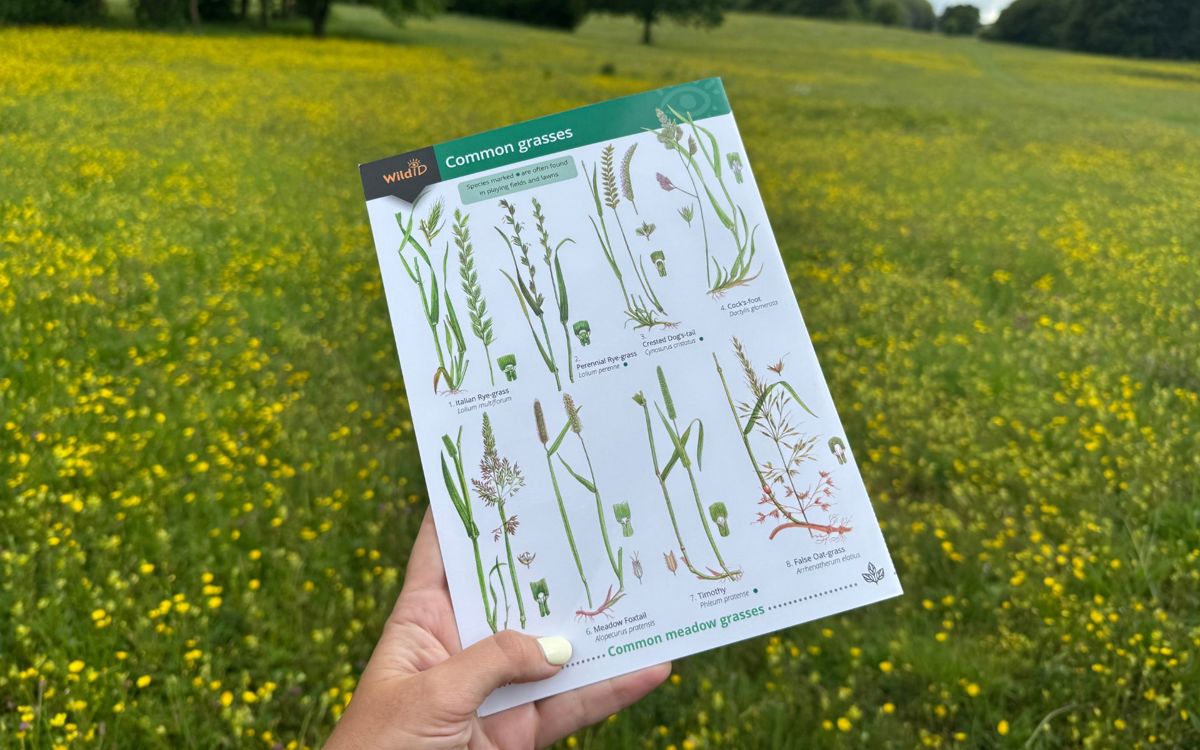
How do we monitor the city’s meadows?
Each summer, our conservation volunteers support us by carrying out grassland surveys across 30 meadow sites in Milton Keynes. We provide special training for these dedicated volunteers to equip them with the skills to identify several types of wildflowers and grasses. Each year, this important task takes around 200 hours of surveying hours across a team of 11 volunteers and 4 staff members.
The volunteers pair up and are given a list of different areas to survey at the start of summer. They study 1 square metre plots of land (called quadrats) and use a digital survey to record the sward height and what species are present. This is time-consuming work as the volunteers have to look closely at the shape, colour and texture of plants and grasses to accurately identify them. They record different wildflower meadow indicator species such as Bird’s-foot Trefoil, Common Knapweed, and Orchids. Our volunteers also record how many “rough” species are present, such as Hogweed, to enable our Biodiversity Team to monitor the quality of our meadows over time.
Thank you to our volunteers for all their support!
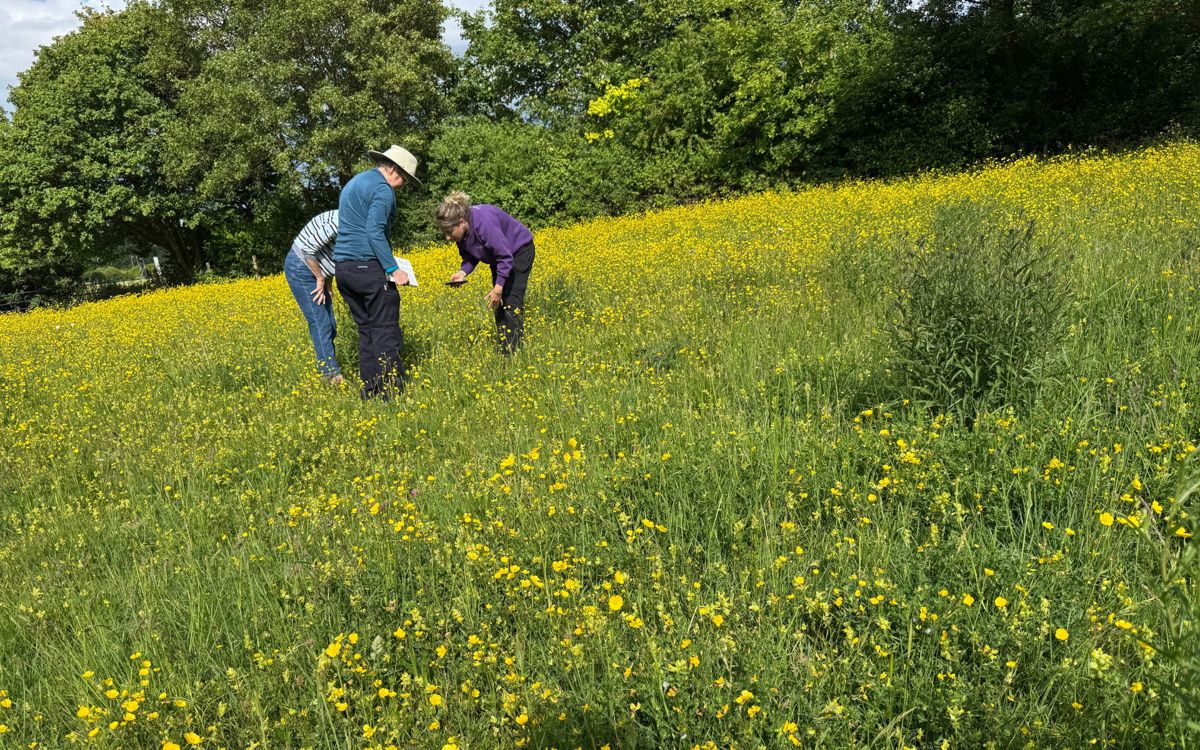
What do the survey results show?
The data collected from these surveys provides us with a great insight into how our wildflower meadows change over time and are influenced by external pressures. The findings influence landscape management decisions including hay cutting schedules, use of grazing animals, and seed sowing.
Our baseline surveys carried out on meadows across the city highlighted our two richest sites had an average of 12 species per square metre, with the highest individual species count in a plot containing 18 species!
Additionally, the Trust uses a lot of yellow rattle to establish and enhance wildflower meadows. The data collected by volunteers and analysed by our biodiversity team showed that when yellow rattle was present in a patch, then it was likely that the number of species found increased by 3.7!
The surveys are repeated annually, ahead of our hay cutting work which will start in the coming weeks.
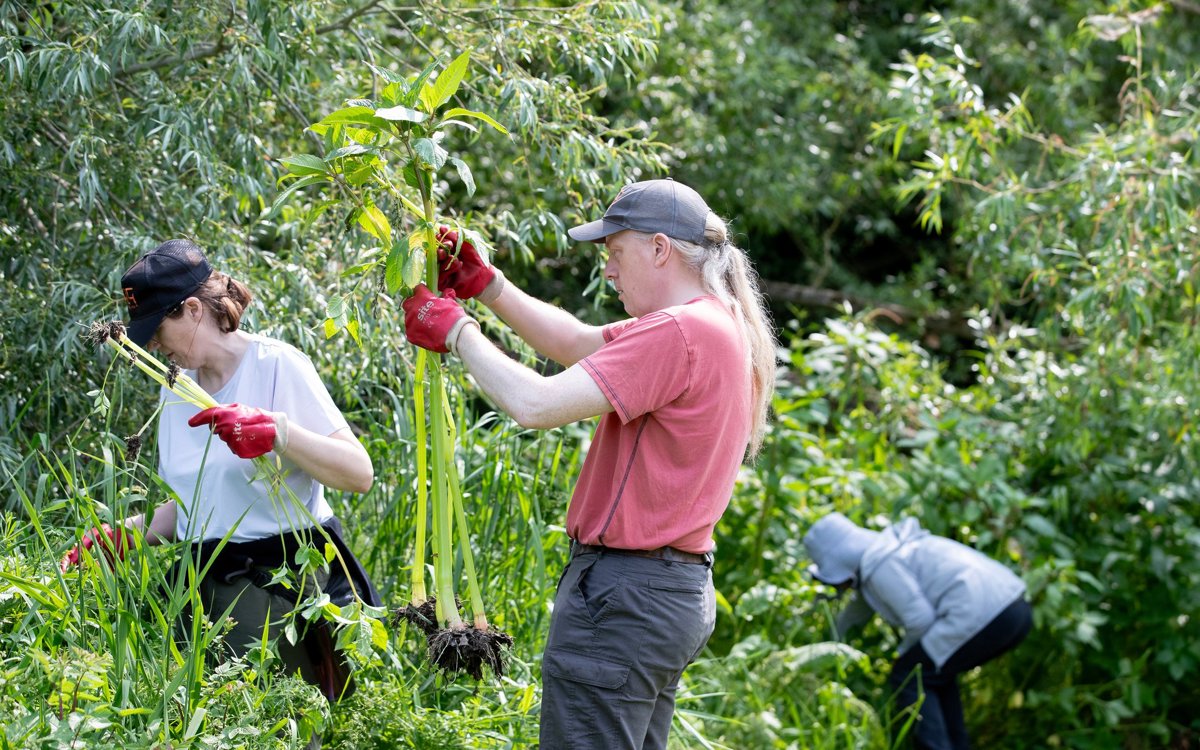
Do you want to help Milton Keynes’ wildflowers?
Join an upcoming community volunteering task to give our wildflowers a helping hand. If you can spare an hour or two, we’d love to see you at Campbell Park on Saturday 21 June for our Wildflower Warriors event, our Himalayan Balsam Bashing event on Wednesday 25 June or our Meadow Makers event on Saturday 9 August. No booking is required, and they are free to attend.



